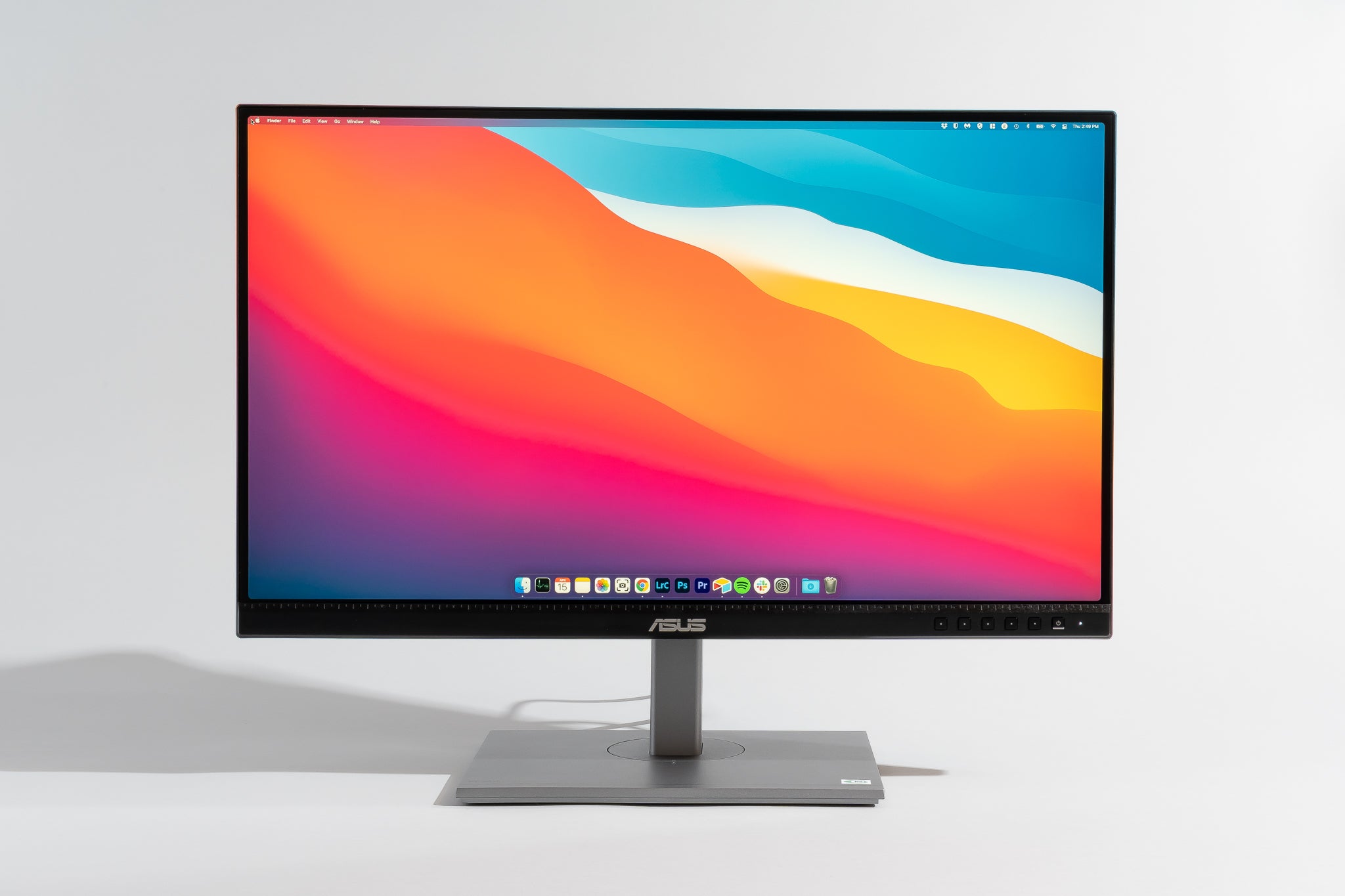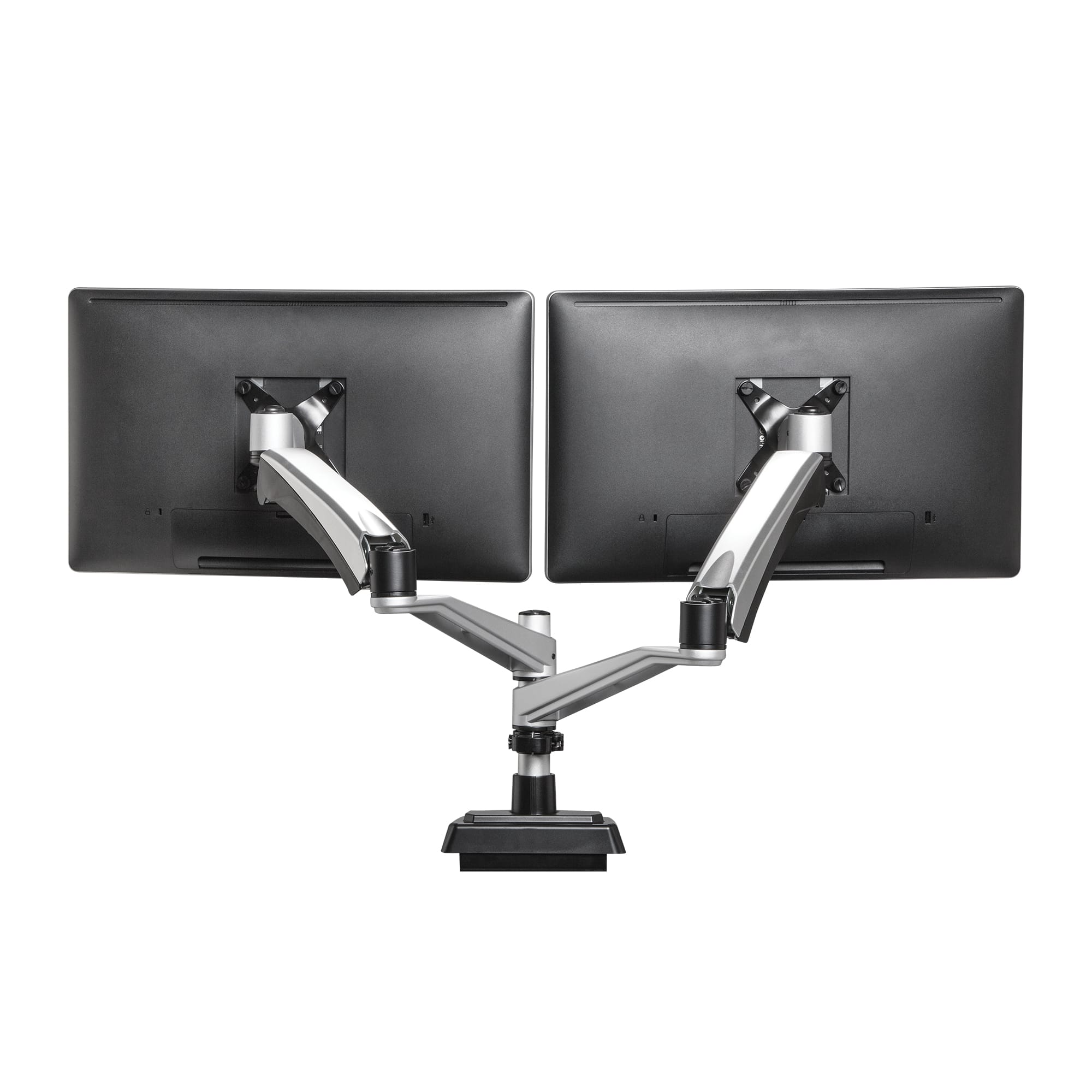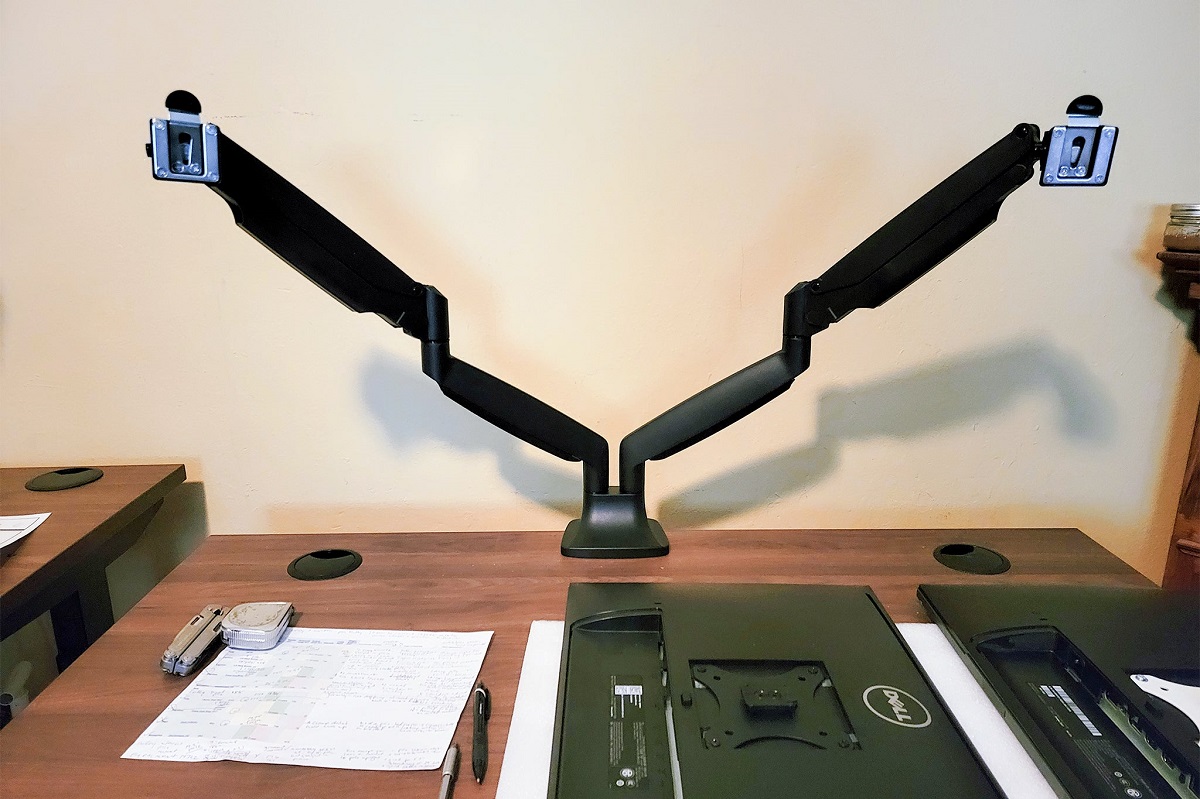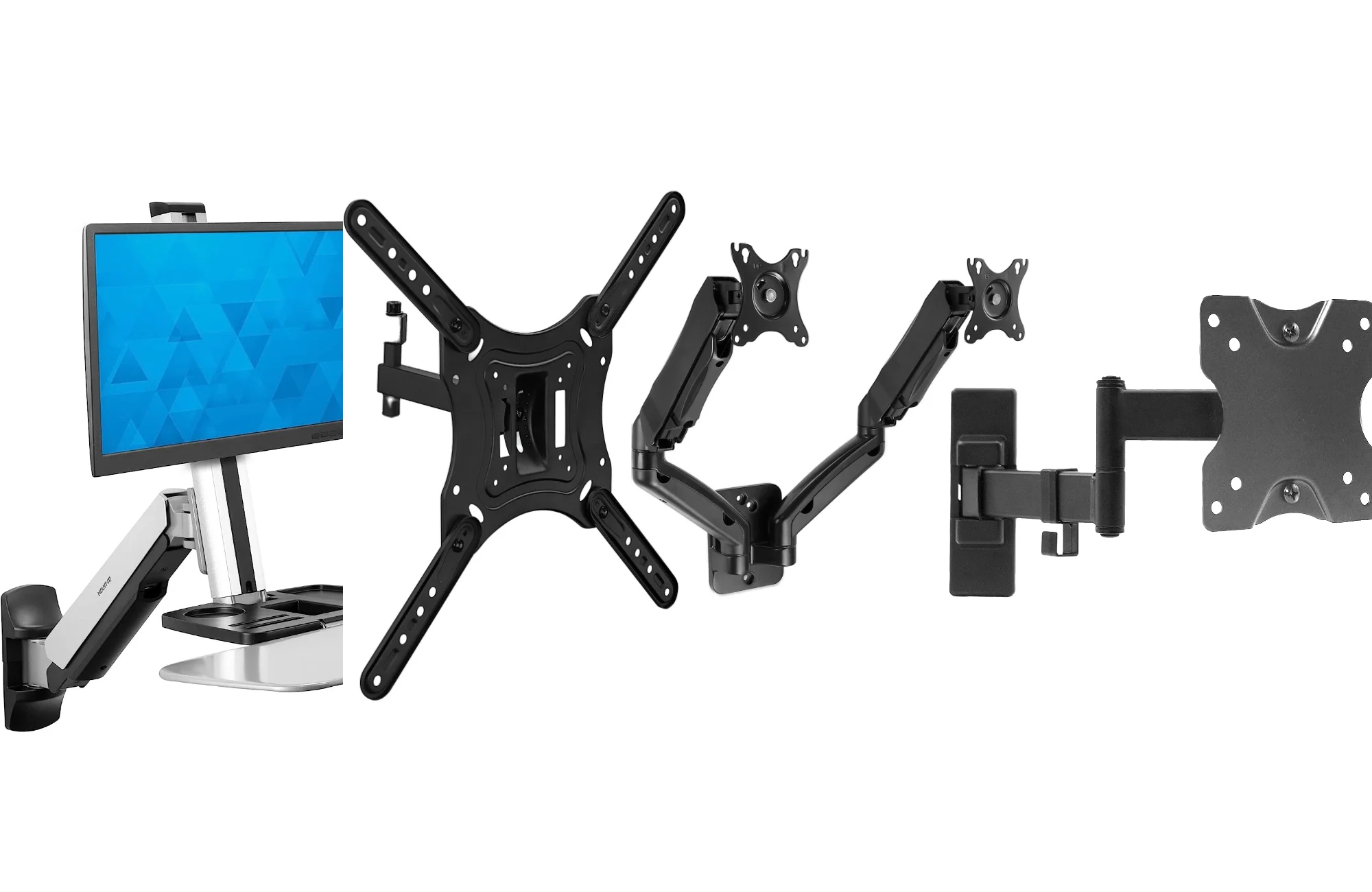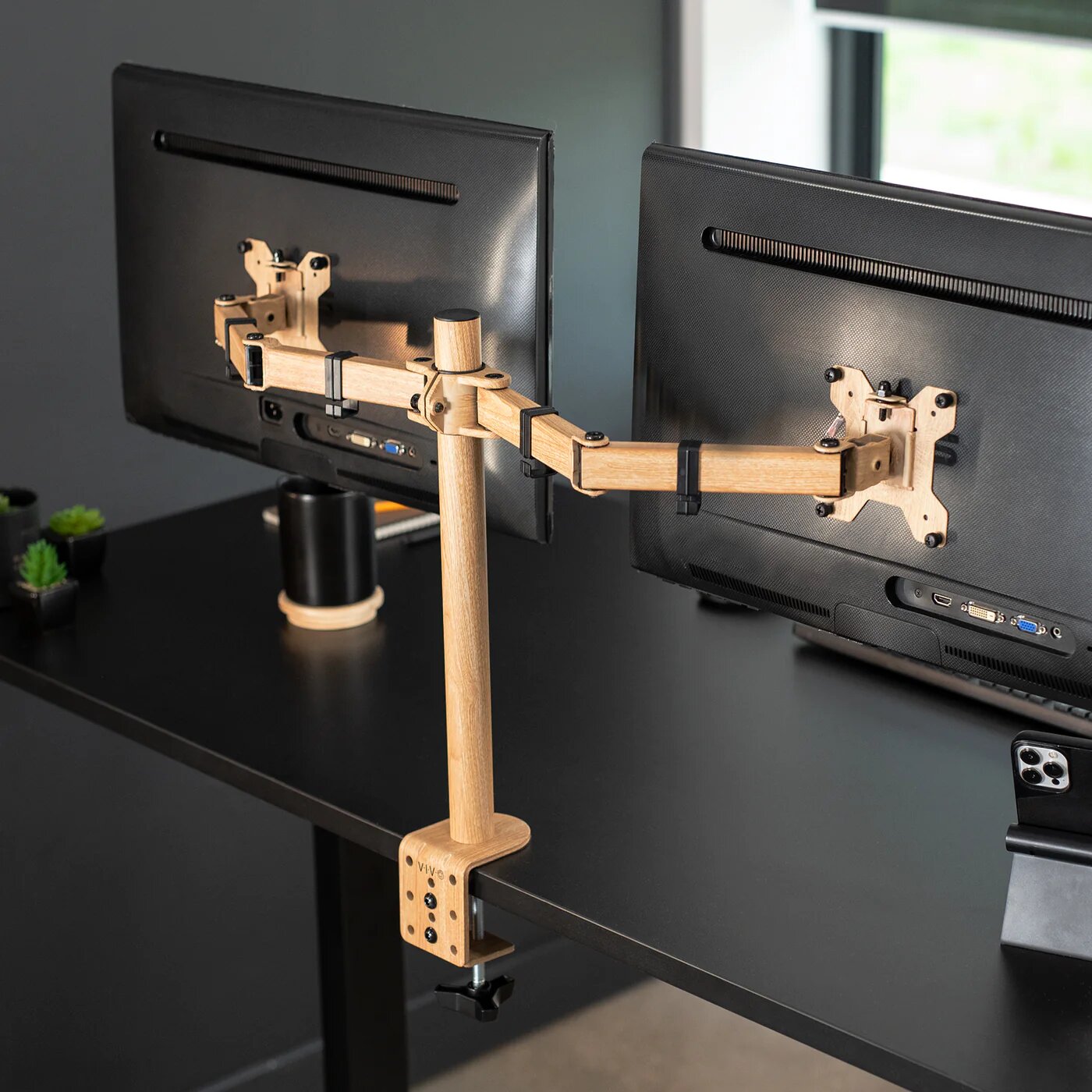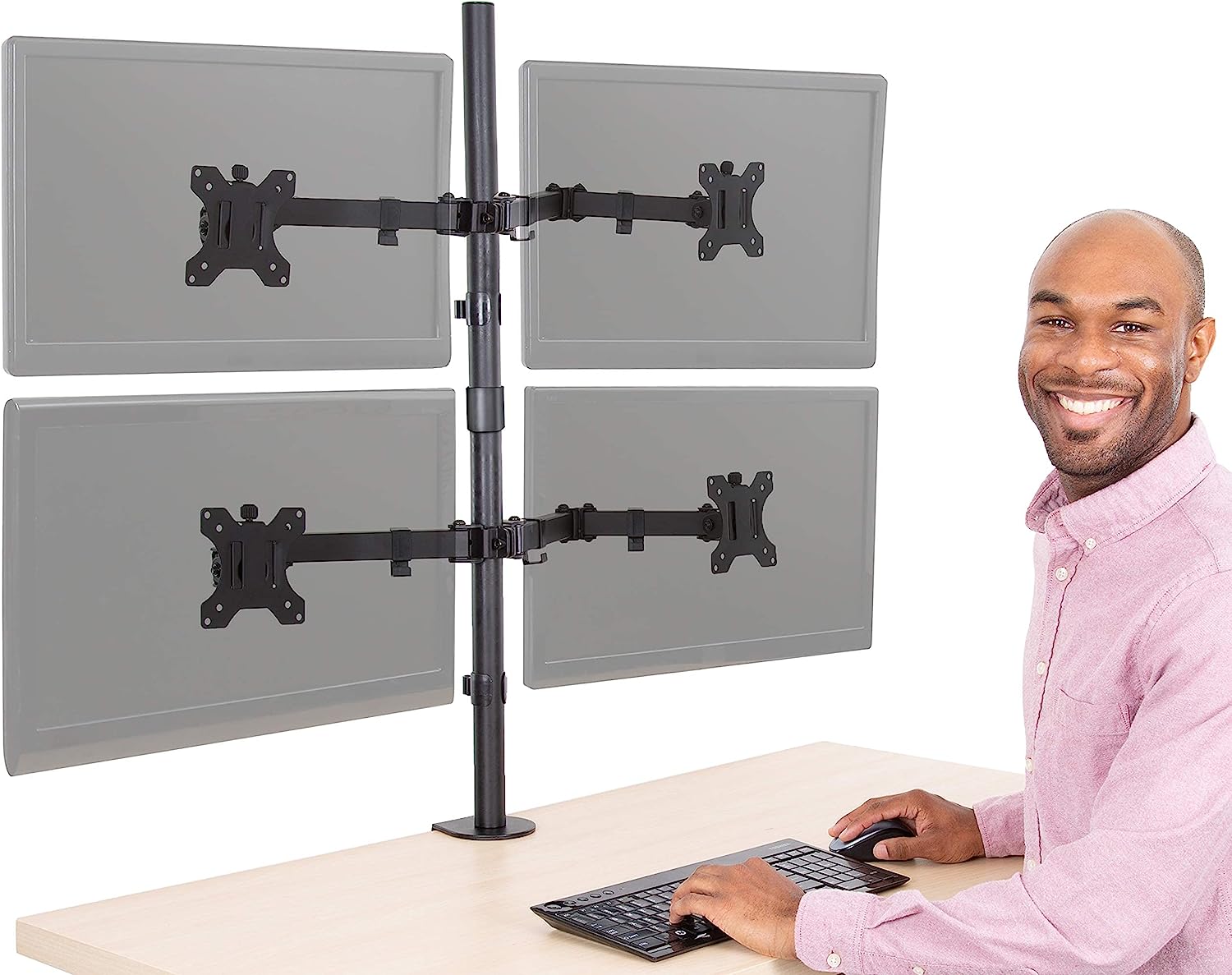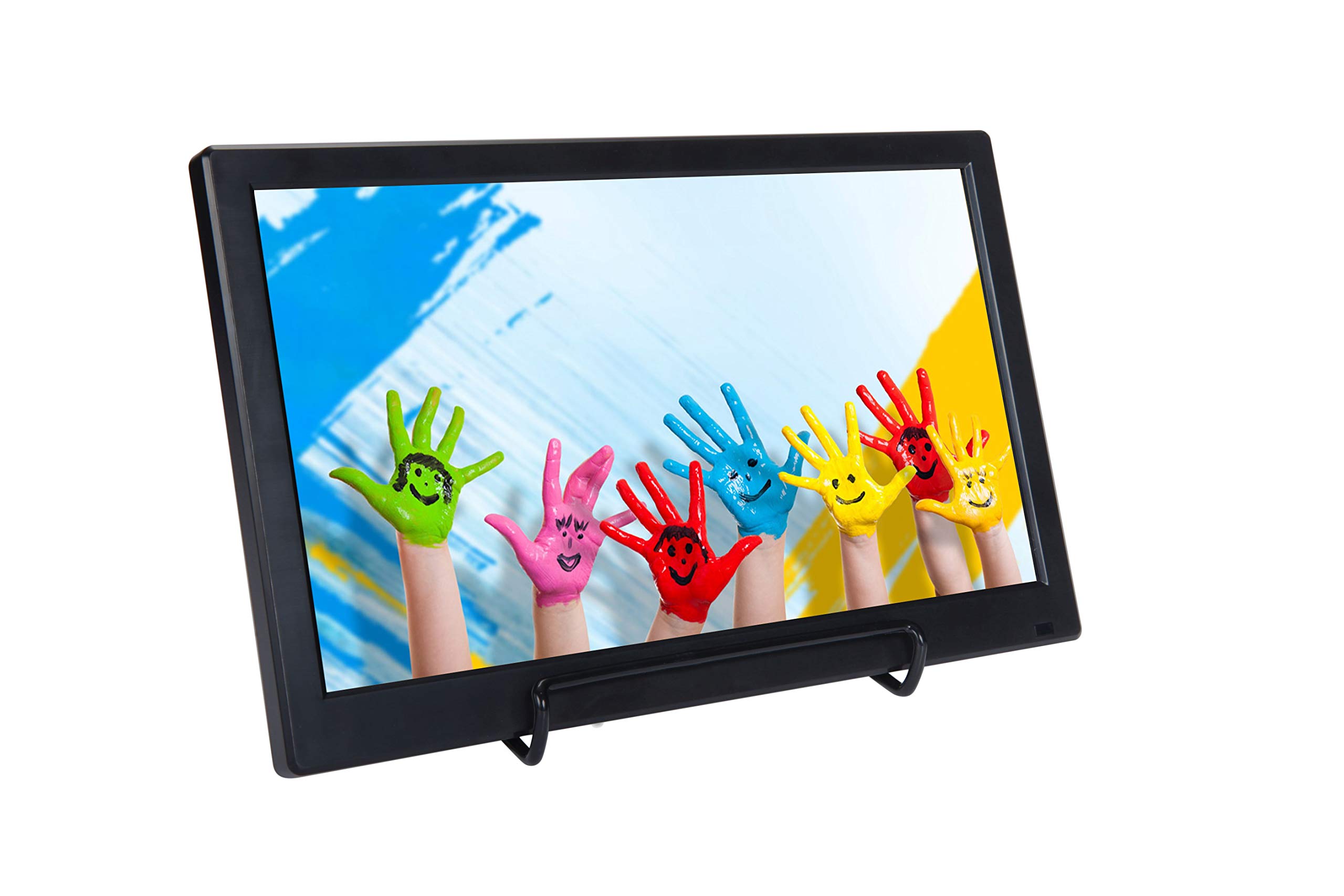Introduction
Welcome to the digital age, where monitors come in all shapes and sizes. Whether you are buying a new monitor, trying to determine the size of an existing one, or simply curious about the dimensions of your display, this article will guide you through the process of checking the monitor size.
Why is knowing the monitor size important? Well, it plays a crucial role in various aspects. For one, it helps you understand the physical dimensions of your screen, which can be useful when measuring desk space or planning for a multiple-monitor setup. Additionally, it enables you to optimize your viewing experience, as larger monitors tend to offer a more immersive visual experience.
In this article, we will explore multiple methods for checking your monitor size. We will discuss how to measure the physical dimensions of the screen, how to access display settings to retrieve the information, and how to make use of online tools for a quick and convenient solution. So, let’s dive in and discover the various ways to determine the size of your monitor!
Understanding Monitor Size
Before we delve into the different methods of checking the monitor size, let’s take a moment to understand what it actually refers to. Monitor size typically refers to the diagonal measurement of the screen, which is the distance from one corner to the opposite corner. It is measured in inches and is crucial in determining the physical dimensions of the display.
It’s important to note that the monitor size does not include the surrounding bezels or frames. It refers solely to the visible screen area. So, when you come across terms like “27-inch monitor” or “32-inch monitor,” it’s the diagonal measurement of the display area that is being referred to.
While the diagonal measurement is the standard way to express monitor size, it’s also worth mentioning that monitors come in different aspect ratios. The aspect ratio refers to the proportion of width to height of the screen. The most common aspect ratios are 16:9, 16:10, and 4:3. Monitors with a 16:9 aspect ratio are wider and are commonly used for tasks like gaming and multimedia, while monitors with a 4:3 aspect ratio are more suited for professional purposes like graphic design and coding.
Now that we have a basic understanding of monitor size and aspect ratios, let’s move on to the various methods you can use to determine the size of your monitor. Whether you want to measure it physically, retrieve the information from display settings, or make use of online tools, we’ve got you covered!
Using the Physical Measurement
If you prefer a hands-on approach, you can measure the monitor size physically. Here’s how:
1. Start by turning off your monitor and unplugging any cables.
2. Take a measuring tape or a ruler and place one end at the bottom-left corner of the screen.
3. Gently stretch the tape diagonally across to the top-right corner of the screen, making sure to follow the curve of the display.
4. Take note of the measurement in inches or centimeters.
By physically measuring your monitor, you get an accurate reading of its size. This method is particularly useful when you do not have access to the display settings or want to double-check the information provided by other methods.
Keep in mind that the size measured may not perfectly match the stated monitor size due to variations in bezel size or measurement techniques. However, it will provide you with a close approximation.
Now that you know how to measure the monitor size physically, let’s explore another method – using the display settings.
Using the Display Settings
If you prefer a more convenient and software-based method, you can check the monitor size using the display settings on your computer. Here’s how:
1. Right-click anywhere on your desktop and select “Display settings” from the context menu.
2. In the display settings window, scroll down and click on “Advanced display settings.”
3. In the advanced display settings window, you will find information about your monitor, including the resolution and the size.
4. Look for a field or section that specifies the monitor size or diagonal measurement in inches or centimeters.
Using the display settings allows you to retrieve the monitor size information quickly and easily without the need for any additional tools or measurements. However, it’s important to note that the availability and location of this information may vary depending on your operating system and display driver.
If you are unable to find the monitor size in the display settings, don’t worry. There’s another method that involves using online tools. Let’s explore that next!
Using Online Tools
Another convenient method for checking the monitor size is by using online tools specifically designed for this purpose. These tools provide a quick and hassle-free way to determine the size of your monitor. Here’s how you can use online tools:
1. Open a web browser on your computer or mobile device.
2. Search for “monitor size checker” or similar keywords.
3. You will find a variety of online tools that allow you to input your monitor’s specifications or provide a virtual ruler to measure it directly on your screen.
4. Follow the instructions provided by the online tool to input the necessary details or measure your monitor using the virtual ruler.
By using these online tools, you can quickly and easily find out the size of your monitor without any physical measurements or accessing display settings. They offer a convenient solution, especially if you are unable to measure the monitor physically or access the necessary settings on your computer.
Now you have learned multiple methods to check the monitor size, whether it is through physical measurements, display settings, or online tools. Choose the method that works best for you and enjoy a better understanding of your monitor’s dimensions.
Conclusion
Knowing the size of your monitor is important for various reasons, whether you’re buying a new one, optimizing your viewing experience, or planning your workspace. In this article, we explored three different methods to check the monitor size: physical measurement, display settings, and online tools.
If you prefer a hands-on approach, you can measure the monitor size physically using a measuring tape or ruler. This method provides you with an accurate reading of the screen’s dimensions, although variations in bezel size may slightly affect the measurement.
Alternatively, you can access the display settings on your computer to check the monitor size. This software-based method provides you with quick and convenient information about your screen’s dimensions, but the availability and location of this information may vary depending on your operating system.
For those who prefer a hassle-free solution, online tools specifically designed to check monitor size can provide a quick and convenient way to determine the dimensions of your screen. These tools may require you to input your monitor’s specifications or use a virtual ruler to measure the monitor directly on your screen.
By utilizing these methods, you can gain a better understanding of your monitor’s size and optimize your viewing experience accordingly. Whether you choose to measure it physically, access the display settings, or make use of online tools, now you have the knowledge to check the size of your monitor with ease.
So go ahead, measure your monitor size, and enjoy the digital world on a screen that perfectly fits your needs and preferences!







